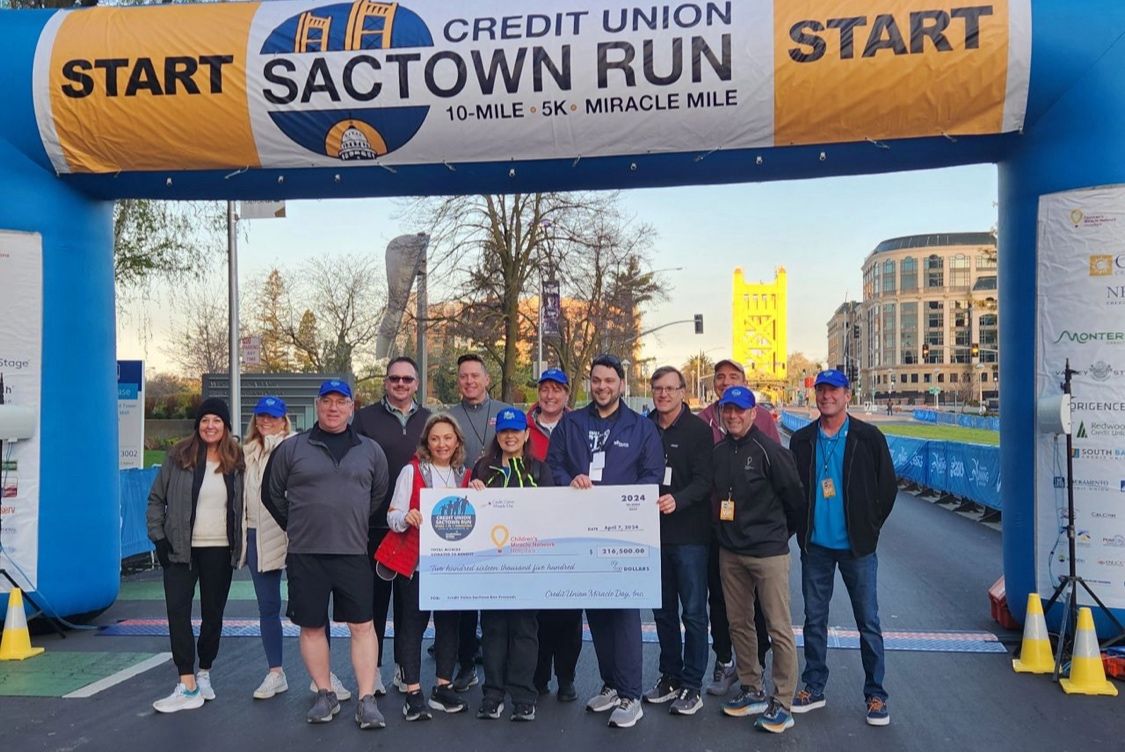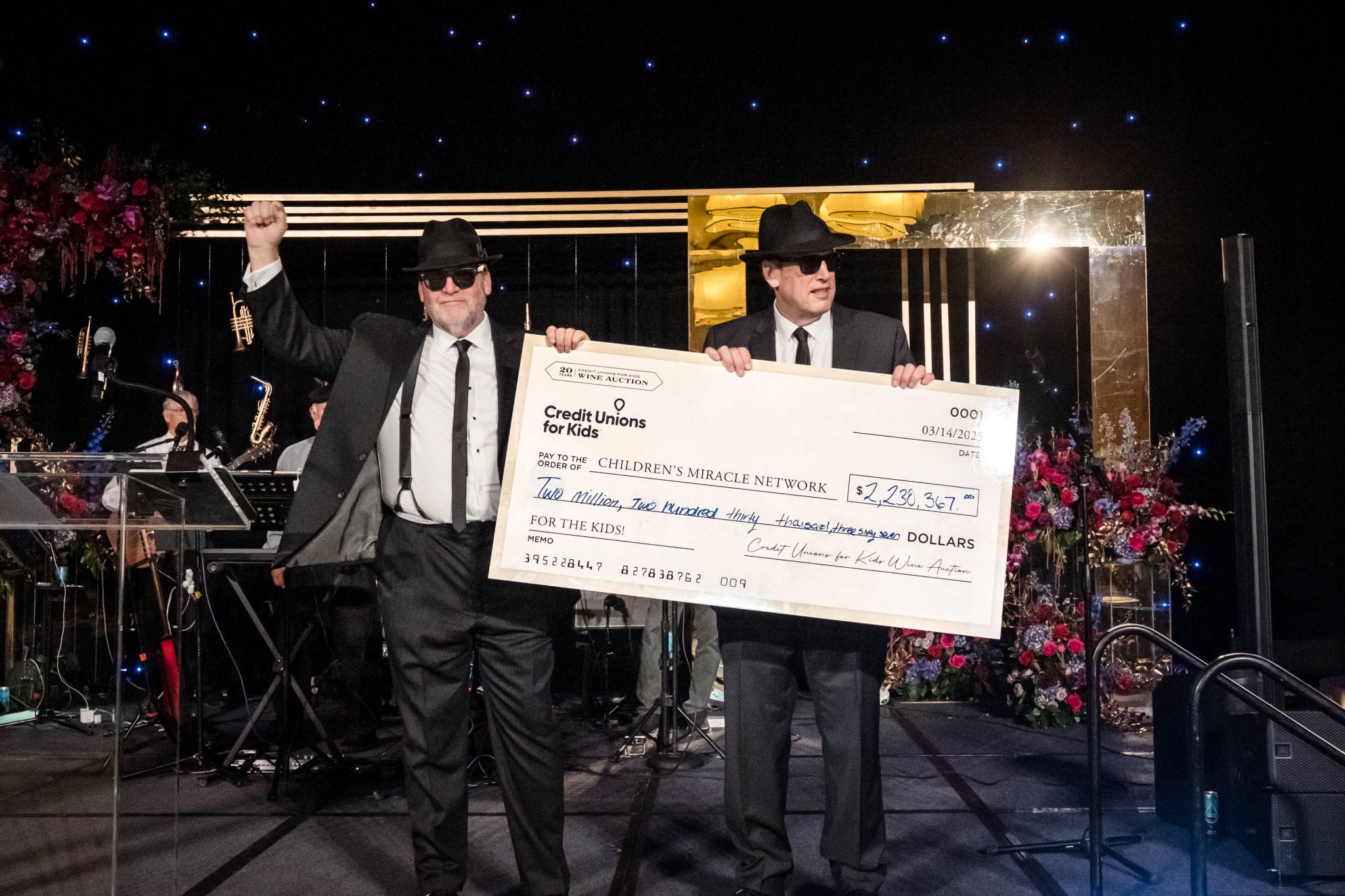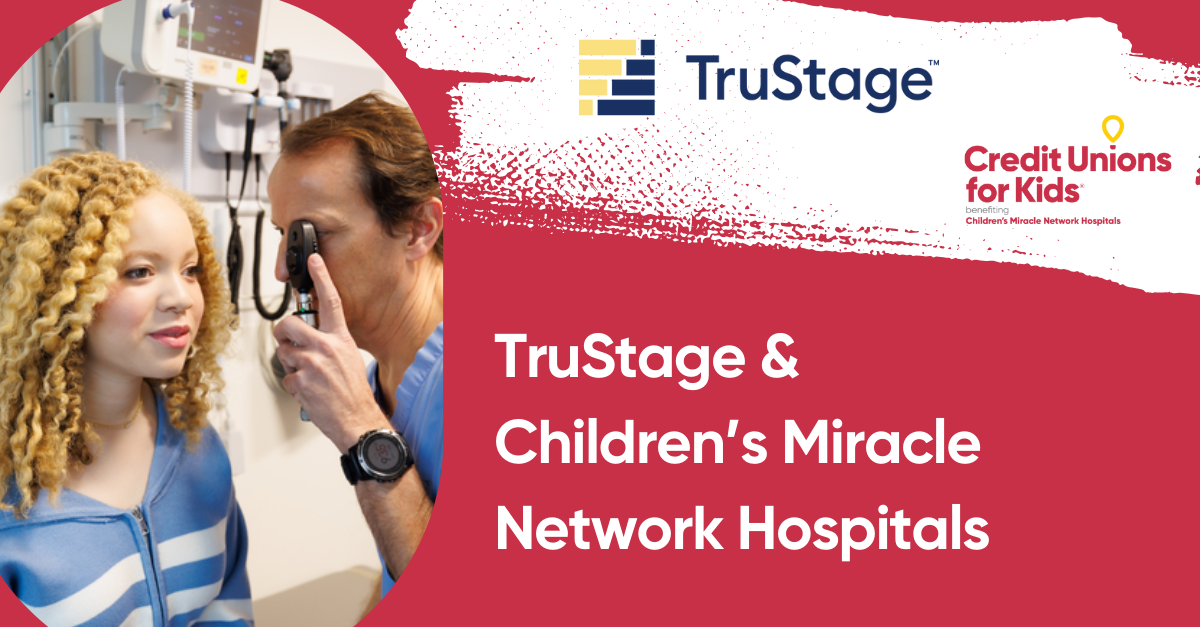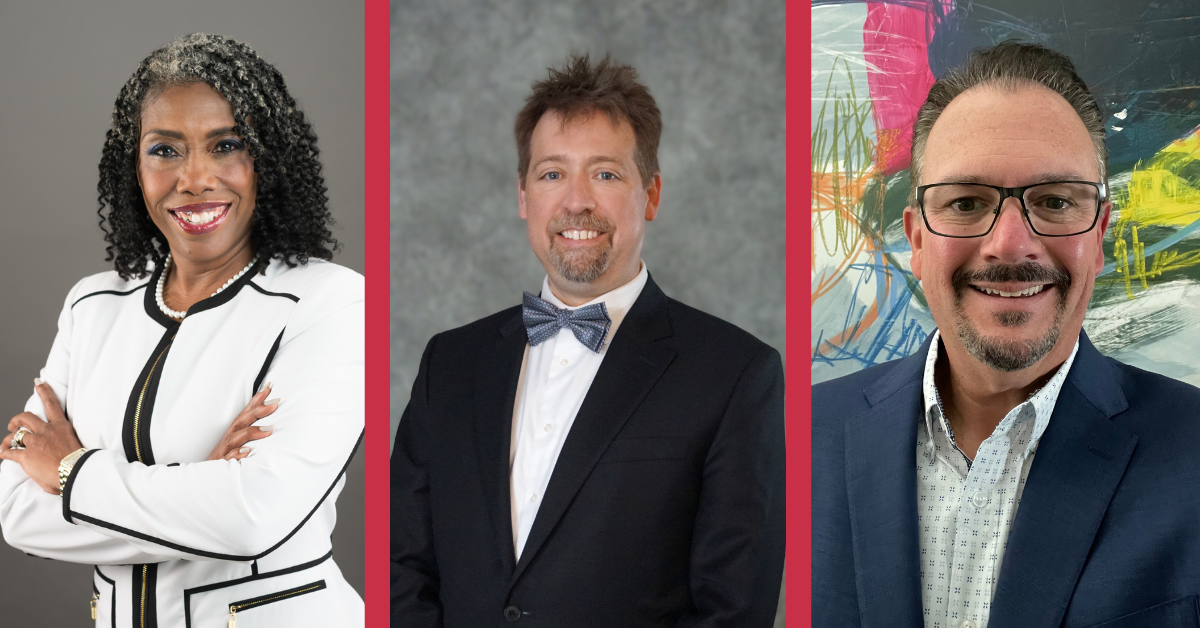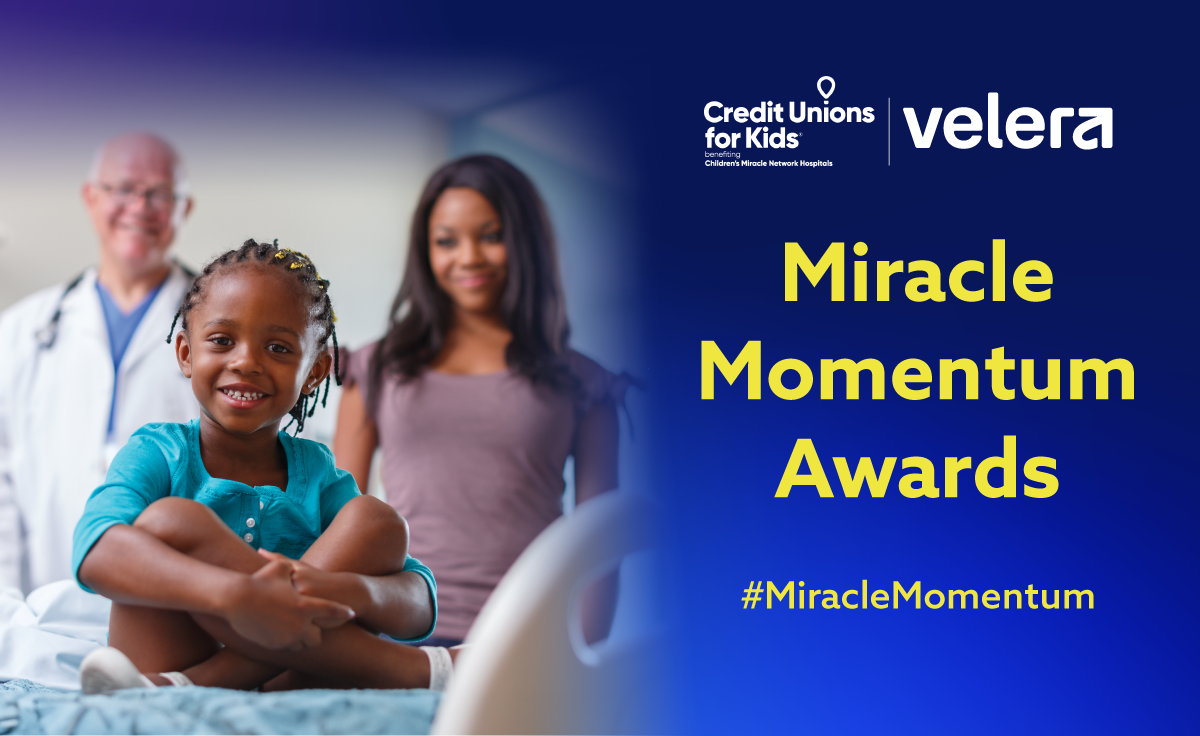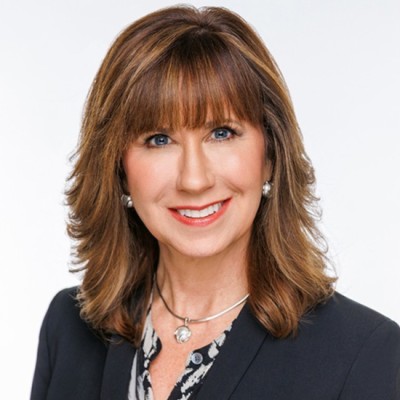Tansley Stearns Path to Motherhood: Shining a Light on the Hope Credit Unions Can Create
Most who know me well have seen my commitment to if not obsession with, planning. Benjamin Franklin’s quote, “If you fail to plan, you are planning to fail,” inspires my approach to life. For me, planning supports a structure for my journey, and it brings me joy! I very much relish the anticipation of looking forward to what lies ahead. This highlights the irony of how little planning I did in relation to having children. I simply did not think about it. I cherished time with my best friend Amy Wagner’s children and remember vividly their early days in the world. I adored holding them and watching her world brighten with the arrival of new humans. Unlike many people I love dearly, I did not have a dream of a set number of children or crystalize thoughts about how a life with children would unfold. Then, one day in my early 30’s, I woke up, and it became the only thing I could think about.
Having spent so little time considering the creation of a family, also ironically, I had never even pondered the possibility of infertility. My dad was one of six brothers, and my mom was one of three children. All of their siblings had multiple children, and their children had numerous children. My friends seemed to be having children with ease. So, as my sudden urgency to have children married with a reality that after months of trying, having children would not be easy for me and my husband, Scott, I did what great planners do. I took action.
I found a fertility doctor, and we booked our first visit. I remember feeling absolutely stunned as we sat in a waiting room packed with other couples and women. I felt naïve to have underestimated the need and the reality of a challenge I had not even considered. The doctor who saw us was kind and open. He described the process and options. He was confident and shared hope with the stories of his successes.
Our return visit left us with a shared responsibility. Scott had a few issues, and I had a few issues. Separately, we might have been able to conceive without intervention. Together, that seemed unlikely. We began our first intrauterine insemination (IUI) experience. The doctor described it as the first step before what I had more commonly understood to be the intervention, in vitro fertilization (IVF).
My early morning routine of running shifted to an early morning trip to the gym on the elliptical as the doctor shifted his opinion about the impact of my running on our chances of conception. My daily trip to the doctor closely followed this time on the elliptical. They’d take my blood pressure and draw my blood. The nurse and I built a natural rapport. I brought home the hormones, which were to be administered via a shot to my stomach. The first time I gave myself a shot, I felt squeamish and frightened. It quickly became routine. We followed all of the doctor’s instructions and then went into a planner’s most hated phase: waiting.
When I found out we were pregnant, I felt such exuberance. I also felt terrified and isolated. Early-stage pregnancy sharing can be risky for any expectant mom. It can be especially risky for moms facing infertility challenges. As a very extroverted human, I was eager to share my anticipation and enthusiasm, yet I held the news close. Before we made it to eight weeks, we miscarried.
The nurse I spent nearly every morning with for several weeks called to confirm the news. I was driving home on the highway curve just before I-91 connects with I-95. My sobs grew louder as she calmly shared the news. She reminded me that having been able to conceive during our “first try” with IUI was a very positive sign. She also shared with me that while many women do not speak about it, miscarriages happen more commonly than most people know. She reminded me that once I healed, we could try again.
I suffered mightily over the next several weeks. As well-intentioned loved ones said, “It was meant to be,” I struggled to find my footing. As someone who considered myself resilient, none of my coping mechanisms seemed to provide any relief. The only time I could turn off the combination of outrage and pain was lying in a heap on the couch binge-watching “Sons of Anarchy.” After several days, my mom, who generally approaches me with gentle and abiding love, took me by the arms and said, “You’ve got to find your way through this.” Through tears, I said, “I don’t know if I can, Mama.”
And yet, I did. Within two months, I returned to my daily chats with my favorite nurse. By now, the shots in my stomach were an action I could take while walking toward hope. As we reached the painful “waiting” stage again, a trusted number of colleagues at the credit union were aware of my journey to a degree. On February 14, 2010, I was sitting in a one-on-one with one of these individuals, Lori Quido, when the nurse called. I tried to stay calm and convince myself to wait. I asked for Lori’s grace and said I needed to take the call. I walked into the parking lot of the credit union, and the same nurse who shared the news of the miscarriage shared that I was pregnant. Our second try at IUI was successful. Despite knowing I should wait, I couldn’t hold my news when I rejoined Lori in my office. She was overjoyed, and we shared that special moment.
That day, on my way home, I stopped at the pharmacy. I purchased 15 pregnancy tests. Through the fertility process, a pregnant mom finds out earlier than others may that they are carrying a baby. I felt the need to confirm the news. Each day, I took another test. Each day, the two lines helped me feel more confident. I still have a picture of all 15 tests lined up. I wrote the dates on each test. Hope comes in many forms. In February 2010, for me, it came in 15 home pregnancy tests.
As my pregnancy progressed, there was an appointment where the fertility doctor transitioned me to the obstetrics and gynecology (OB/GYN) practice. That transition felt like a milestone. My time spent at the doctor’s office decreased. As we approached the 20-week appointment, I was ecstatic. I saw the visit as an opportunity to learn the baby’s gender. The planner in me had no intention of waiting to learn any information. My lack of experience distracted me from the many other purposes of this visit, namely, to determine the growth and health of the baby.
As the visit proceeded, at one point, the technician looked at me grimly and said, “Hmmm.” He shared, “I’m going to go get the doctor,” and left the room. After what felt like an eternity, the doctor arrived with the technician, and they conferred. The doctor told us that they noticed something with the baby’s foot. The doctor calmly shared that it could be something as simple and easy to treat as a club foot, or it could be a devastating condition that would likely mean the baby would die within hours of birth. The doctor indicated they would need to schedule another appointment “in a few weeks” to be sure. Tears flooded my eyes, and I said, “No, whatever appointment we’d have in a few weeks, we’ll have today. I cannot possibly wait with this level of uncertainty.” After a bit of debate, the doctor called another clinic specializing in these kinds of appointments, and we were waiting for a more specialized ultrasound.
The next doctor we met examined me and the baby. He shared that while the ultrasound was not definitive, he believed that the baby had a club foot. He shared that this was typically a treatable condition once the baby was born. He indicated that there was still a possibility of something more dire and that, at this stage, he did not think that was likely. I left the office feeling completely overwhelmed. Like the early days of dreaming about becoming pregnant, I had failed to foresee the possible additional challenges ahead. Having cleared the hurdle to carry the pregnancy this far, I had not even considered the possibilities that had unfolded in just a few hours.
While my worry for the baby played at a sometimes loud and sometimes more muted hum for the rest of my pregnancy, I tried to focus on what I could control. I rented a home-fetal Doppler, and while Scott and I had agreed I would only listen once per week, I felt relief when I heard the heartbeat was so strong that I would sneak home at lunch occasionally to listen to the baby’s heartbeat. We took every single class that the Yale New Haven hospital system offered expectant parents, including a class on hypnobirthing and one on how to help your dog and baby co-exist. I enjoyed a heaping tablespoon of peanut butter each evening to ensure the baby was getting enough protein and as a reward for navigating the stress and worry.
Nothing in my life can match the moment when MacKenzie Isabelle Stearns arrived on October 8, 2010. Her now blonde hair was initially dark and curly. Her blue eyes looked up at me with an immediate and unmatched connection. Listening to her first cry melted my heart and brought me the most abundant relief I had felt in nine months. She arrived with energy and magnetism.
After our little family enjoyed getting to know MacKenzie, the doctors joined us. One was a pediatric podiatrist. He shared with us that MacKenzie did have a club foot. While this seemed to be the best outcome from what the doctor had told us months ago, at that moment, I felt such tremendous fear for my tiny baby. I burst into tears. The doctor kindly waited, hoping that I might stop. When I didn’t, after several minutes, he grabbed me by both shoulders and said, “Listen to me closely, Tansley. It wasn’t very spacious in that stomach of yours, and your girl was squished. Now, her foot needs some help. If I had just had a baby, I would want me to be in this room. I am the best pediatric podiatrist around. She’ll have surgery in four weeks. It will take less than 10 minutes. She’ll have a cast every week for the next 12 weeks. You and I will become fast friends as you bring her in. When she’s older, she’ll walk, run, and play; she’ll never even know this happened. Trust me.”
The tears slowly stopped falling. I listened. He was right. With MacKenzie just having enjoyed her fourth week of life, I waited in terror for the surgery to end. As promised, it ended in less than 10 minutes, and she was in my arms in 30 minutes. It was hard even to tell she’d had surgery. Her little casts became a part of our collection of joyful reminders of MacKenzie’s early life. By 2011, she was both walking and running. Today, MacKenzie races the 75 hurdles, the 200, and the 800 relay. She plays lacrosse and basketball. The scar from that surgery over 13 years ago is only a memory.
As we prepare for the second annual In the Cellar event, raising resources for Children’s Miracle Network Hospitals, the stories of the early days of my daughter’s life and those leading to her birth cascade into my consciousness more frequently. I feel tremendous gratitude for how fortunate we’ve been as a family. While our personal struggles felt acute in that season, I know that so many face extended and vastly more severe medical journeys. No matter the situation, parents’ love for their children is unmatched. The paths that lead to families coming together are sometimes vastly more prolonged and complicated than ours. The health challenges that some children face in their youth mean surgeries for hours instead of minutes, elongated hospital stays, and recovery times. While each experience is unique, I see each of our stories as a thread that connects us all.
In the last month, I have thought a lot about the doctors and medical professionals who supported us before and after MacKenzie raced into our world. Their care, support, consistency, and transparency grounded a tumultuous time. It demonstrates how important it is to ensure resources grow for those committed to Children’s Miracle Network Hospitals. Beyond the deeply personal and inspiring stories we’ll hear on September 20, consider that:
- 72 children enter a member Children’s Miracle Network Hospital every minute,
- Member hospitals provide 38-million patient visits for 12 million kids each year, and
- Since 1983, Children’s Miracle Network Hospitals have raised over $9 billion…and on September 20, we’ll raise a whole lot more with your help.
The passion and commitment that credit unions will make on September 20 at Chicago’s Union Station will ensure that doctors and hospitals have the resources they need to support the well-being of children across the Great Lakes region and beyond. It will ensure that parents walking through their darkest times can count on medical and mental health care they can trust, and messages that help their tears wane. Let’s demonstrate that collaboration is not only something we say. Let’s activate collaboration on behalf of the next generation and on behalf of parents. The heart of credit unions shines.
ARTICLE WRITTEN BY TANSLEY STEARNS, PRESIDENT/CEO AT COMMUNITY FINANCIAL CREDIT UNION AND BOARD CHAIR OF IN THE CELLAR.
